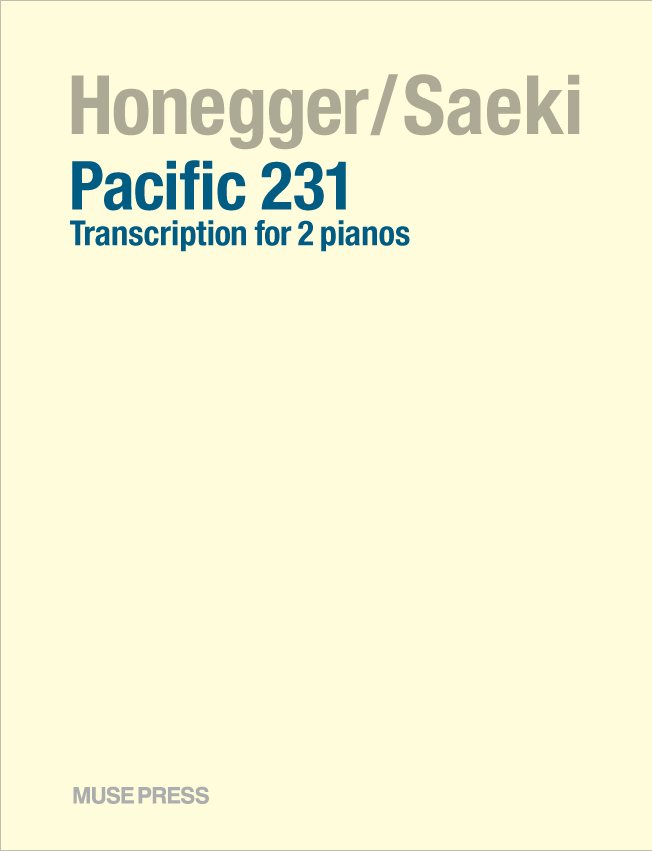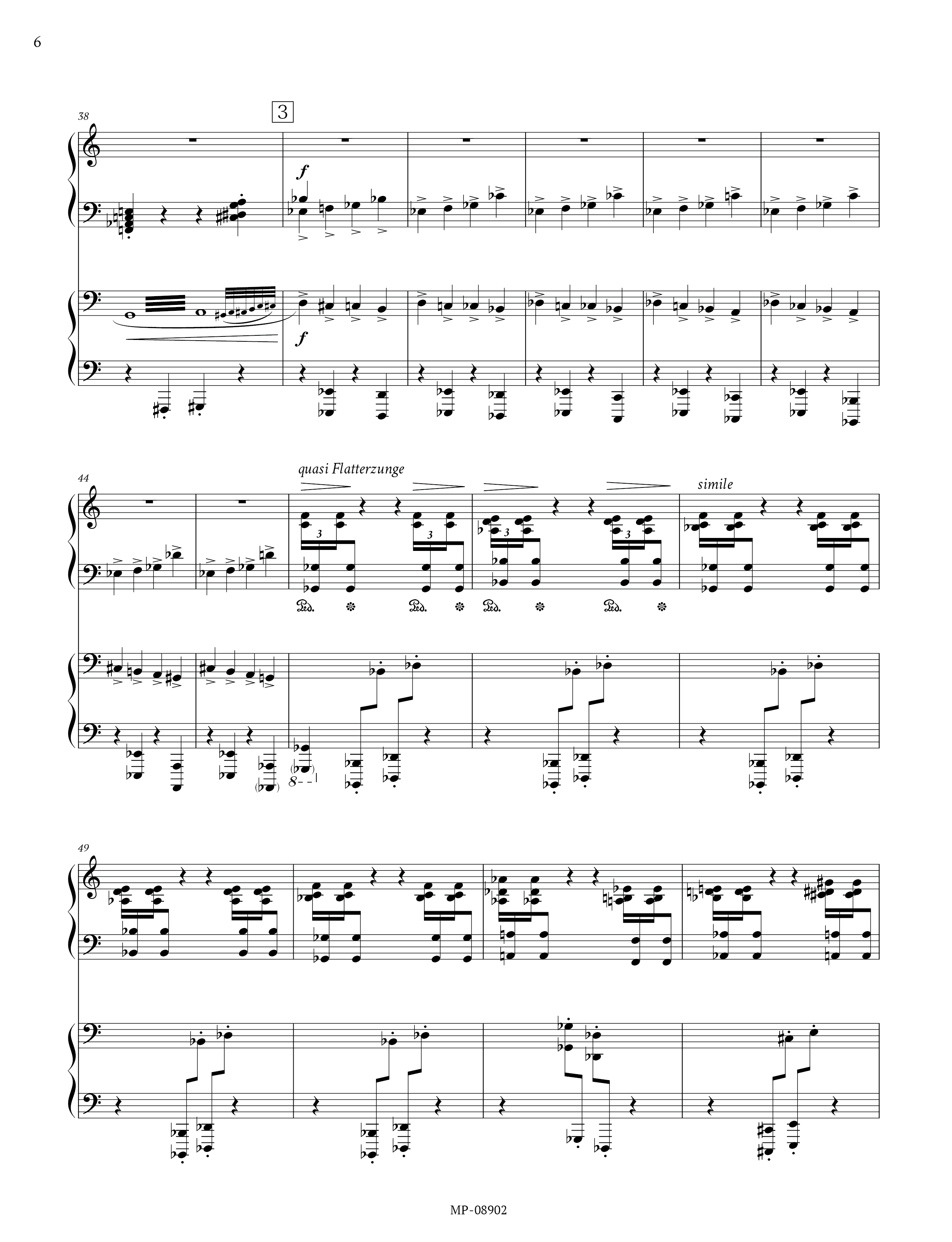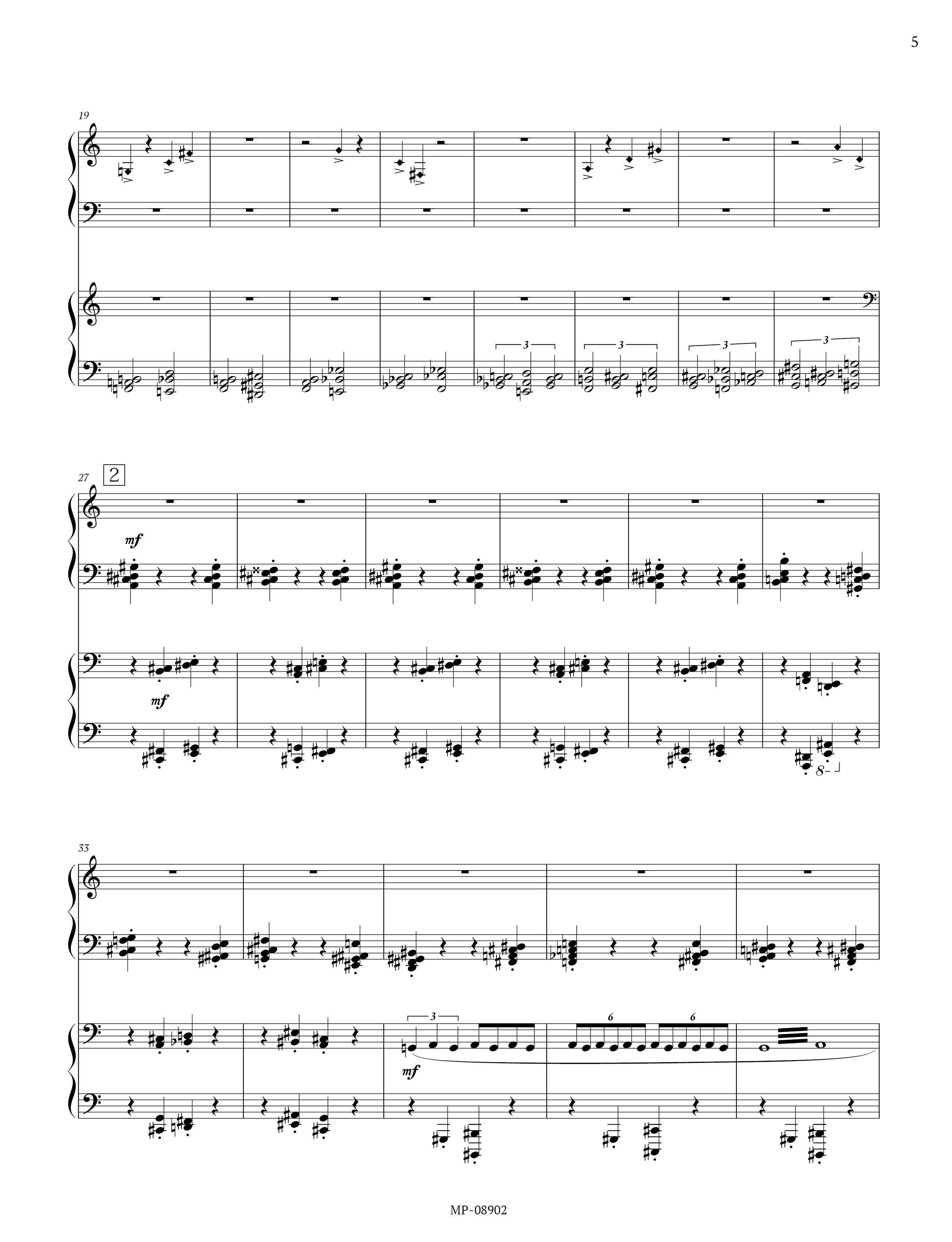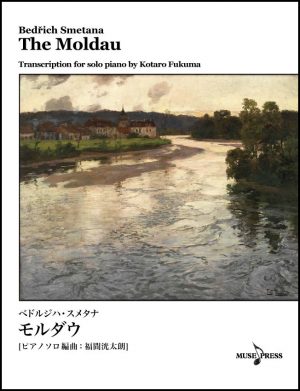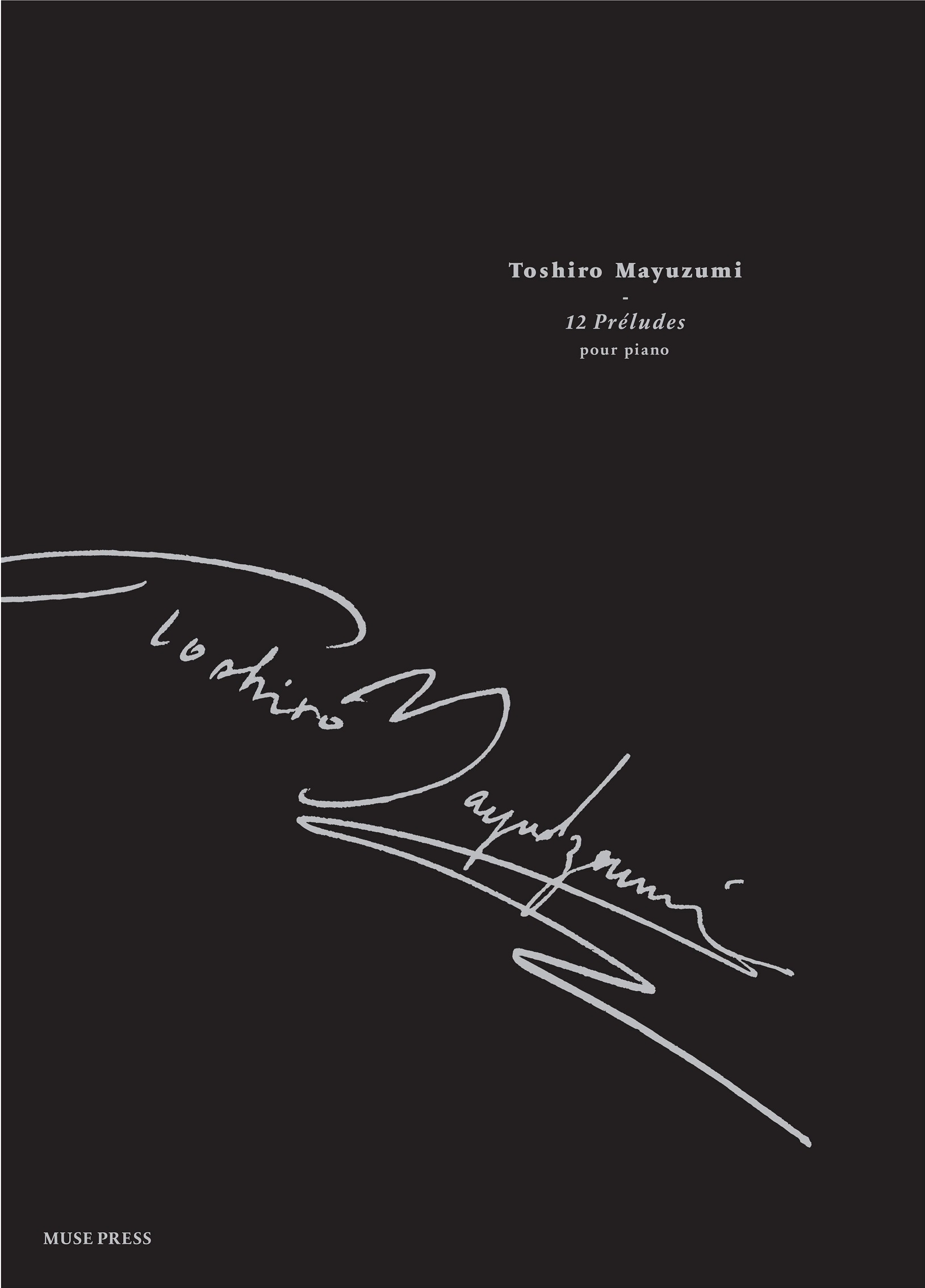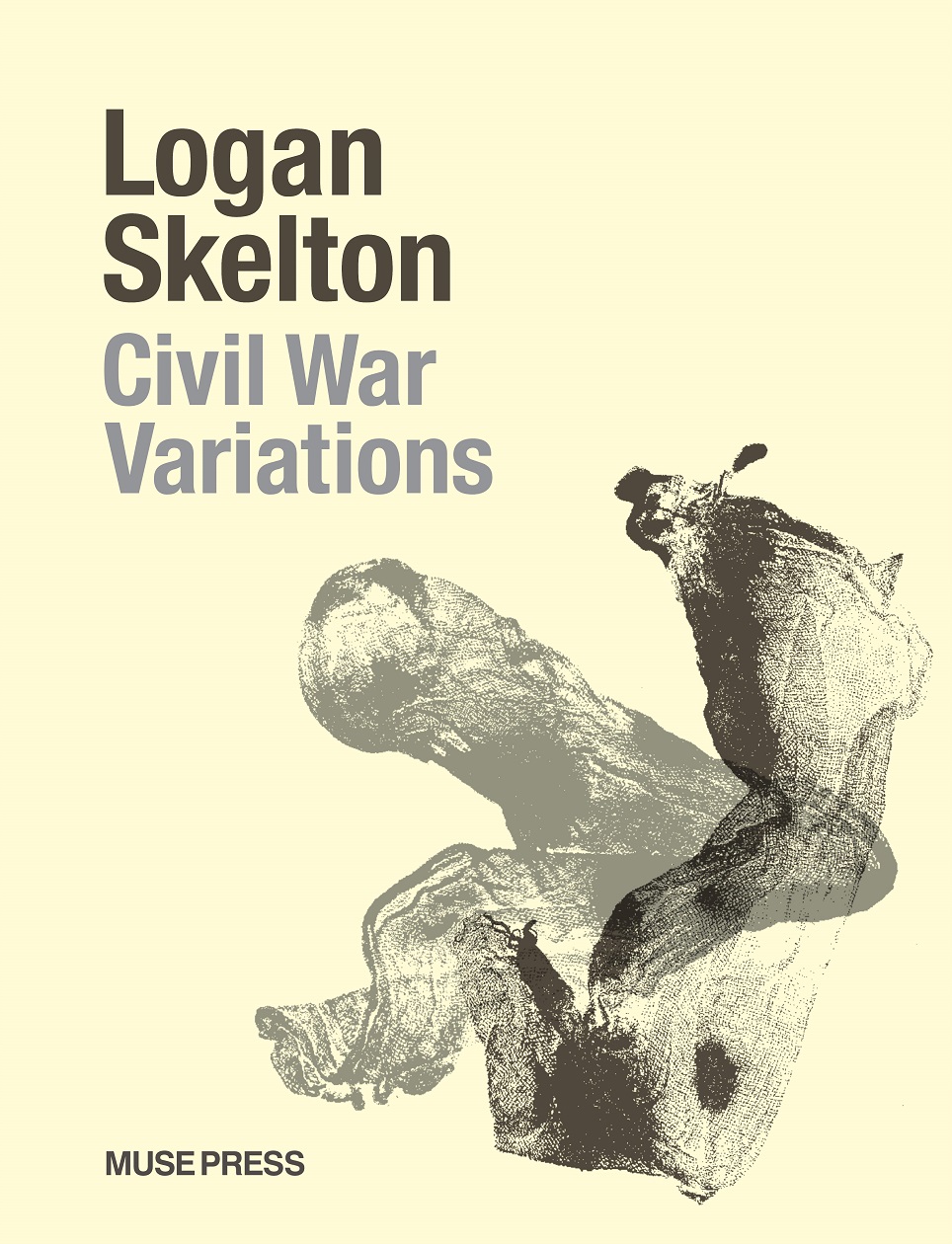Description
Un des chefs d’œuvre d’Arthur Honegger, Pacific 231, a également une version pour piano à quatre mains arrangée par le compositeur lui-même, en plus de la version orchestrale originale. Pourtant, il est difficile de dire que cet arrangement reproduit pleinement le contrepoint complexe de l’original. Dans ce nouvel arrangement pour deux pianos par le pianiste émergent Ryoma Saeki, divers effets sont ajoutés, tels que la mélodie passant d’un piano à l’autre, rendant cette pièce à la fois fidèle à l’original et plus impressionnante comme un morceau de concert.
Extrait de la préface par l’arrangeur (anglais)
Honegger was born in 1892 in a port town in northwestern France to Swiss parents. As a prominent member of Les Six, Honegger’s signature piece, Pacific 231, was composed in 1923 during a flourishing period in his career and premiered in 1924. I feel a strange connection, receiving the opportunity to arrange this piece coinciding with the 100th anniversary of its premiere(…)
One of the captivating aspects frequently highlighted when introducing this piece is its depiction of a massive locomotive’s “starting, accelerating, running at full speed, decelerating, and stopping” through the “gradual change in note values.” At the beginning, from the quiet breathing of the halted giant machine, the development of note values after measure 12 — from 4 beats to 3 beats to 2 beats to 4/3 beats to 1 beat to 1/2 beat — creates a sense of acceleration. By measure 118, the machine, having caught its flow, vibrantly dashes forward incorporating triplets and sixteenth notes, reaching a climax from measure 169. Just when it seems it will end explosively, starting from measure 204, the note values lengthen from 1/3 beat to 1/2 beat to 2/3 beat to 1 beat to 4/3 beat to 2 beats to 3 beats to 4 beats to 5 beats, depicting deceleration and stopping.
While possessing an advanced, machine-themed title reflecting the times, it is noteworthy that its structure is exceedingly classical. As a master of counterpoint, Honegger governed the entire piece with a “cantus firmus” and five “themes.” (See the musical examples) From measure 132 onward, not only do multiple themes intertwine complexly, but each undergoes contraction, expansion, and takes on inverted forms. From measure 169, various themes surge around the passionate cantus firmus played by the horns every measure. This seemingly chaotic state is kept under control by the memory of the themes introduced individually in the first half. Initially, I only found the mathematical change in note values interesting, but through the arranging process, I have come to marvel at the “persuasiveness” of this piece, grounded in tradition.
In my transcription, I aimed to expand the acoustic effect, utilizing the unique techniques of two pianos while maintaining my constant “reverence for the original work.” Considering the orchestral piece’s premise of “locomotive sounds,” the arrangement inevitably required several special techniques and “quasi ~” instructions. I greatly anticipate the performers’ imagination and creativity to bring out these acoustic intentions.
Ryoma Saeki
July, 2024
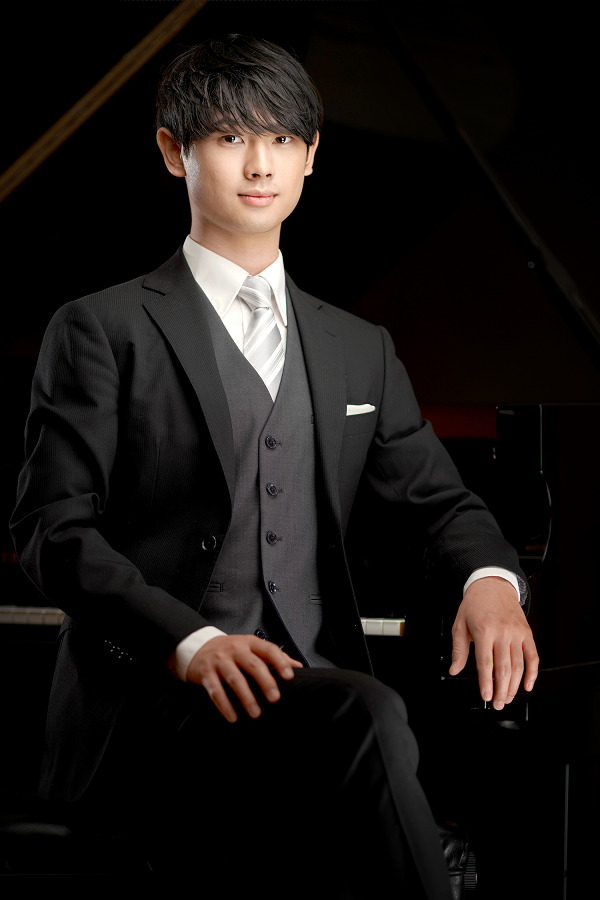 Ryoma SAEKI
Ryoma SAEKI
Born 2000 in Saitama, Japan, began playing the piano at the age of 7. First prize in the high school division of the 32nd “Junior Classical Music Competition in Japan” and the high school division of the 3rd K Piano Competition. In 2019, he entered the Toho Gakuen School of Music. Second prize in the Fupper category of the 26th Fupper Tosu Piano Competition 2020. In addition, he was a finalist in the 2021 Toho Piano Competition and won the first prize in the 2022 Toho Piano Concerto Competition. He has studied piano with Yukiko Yamagami, Miwako Takeda and Nobuhito Nakai, harpsichord with Chiyoko Arita, chamber music with Toshiaki Murakami and Miwako Ochiai, and composition with Tomohiro Moriyama.
